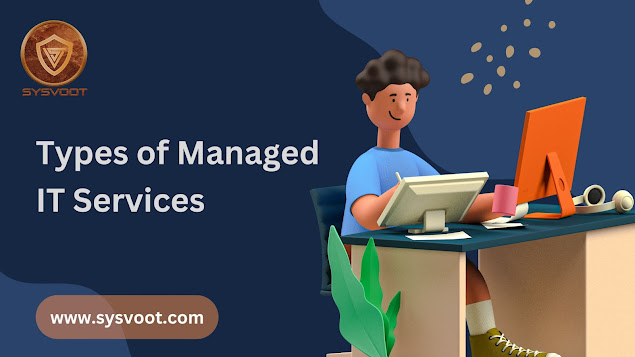Why is Cloud Migration Required for Industries?

One of the main objectives of cloud integration in companies is to integrate data obtained from different sources for central and deep analysis to improve efficiency and improve the efficiency of assets and processes. This type of enterprise cloud implementation offers the following benefits: Computing Power: Enterprise cloud adoption offers significant savings when it comes to deploying powerful servers, databases, storage and network infrastructure. The flexibility, flexibility and high availability of IT resources secured by the acceptance of the pay-as-you-go SaaS model provides an opportunity to organize business processes that ultimately benefit. Budget Reduction: Moving applications to the cloud allows companies to reduce upfront costs and time spent setting up their own servers, software and data storage systems. With the help of a robust cloud migration strategy, OEMs and ISVs can design and integrate smart enterprise solutions for end-user companies. Improved Data Manage




